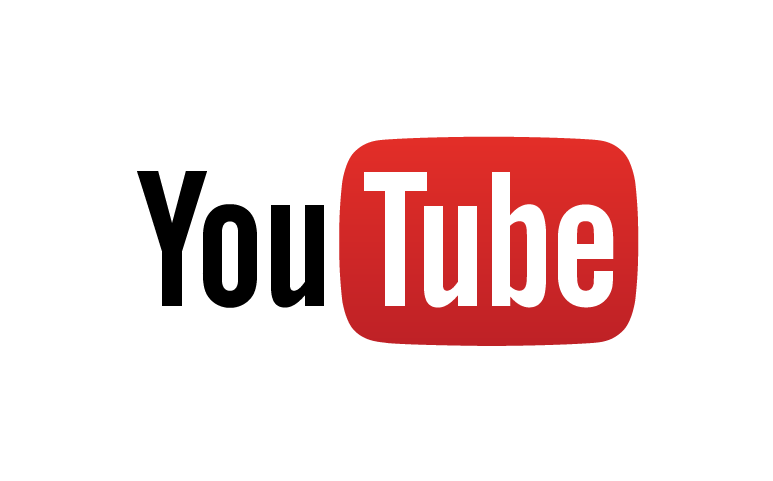
Image source: YouTube.com.
The Walt Disney Co.'s (DIS 1.10%) ABC Network last week confirmed that it is selling ads to run on YouTube clips from Jimmy Kimmel Live. Viewers should start seeing the pre-roll ads at the start of the show's clips in late September or early October, The Wall Street Journal reported.
The move makes sense for Disney's ABC, and it may well be a sign of things to come. The broadcasting and cable industries that Disney operates in are fast-changing, something that has spooked many investors over the past couple of months, dragging down Disney's stock from an Aug. 4 high of $122 to around $104 as of the Sept. 17 close.
Although revenue-sharing and ad pricing details weren't released, the deal ABC struck with Google's (GOOG +0.47%) (GOOGL +0.49%) YouTube is another sign that The Mouse is continuing to look for ways to adapt and innovate in these mercurial markets. And although revenue from the deal will likely be just a drop in the bucket for a Disney media division that generated more than $21 billion in revenue in 2014, it's worthy of our attention.
TV networks have been reluctant to advertise on YouTube, in part because the video platform takes a 45% share of advertising sold around the clips that appear there, even though it's had no hand in creating the content. Still, in refusing to split that revenue, the networks have also been leaving millions of dollars on the table each year.
A WSJ review earlier this year estimated that Comcast's NBC could have generated some $7.2 million in YouTube ads sold around clips from Late Night with Jimmy Fallon alone, even with the 55%-45% revenue split. Small change, perhaps, for a company that did $68 billion in revenue last year. But at a time when TV networks and cable channels are fighting for viewers and ad dollars in an increasingly competitive market, it's still a lot of money to pass up.
It's reasonable to assume the Kimmel deal between ABC and YouTube offers the network a bigger share of the ad revenue, although the two sides have not disclosed details of the agreement.
What's clear is this: The rise of YouTube and viral video is changing the format of late-night TV to one where short, fun, and surprising clips are becoming a bigger piece of the programming. The next thing to change is how the networks monetize their shows, and this deal may mark the beginning of that process.
A little about late night
Though the late-night shows don't capture as large an audience overall as prime-time programming does, late night does capture a large number of viewers in the 18-49 demographic. That makes it coveted space for advertisers. Indeed, prices for late-night ad time have been growing faster than those in prime time.
What may be more important, however, is the underlying long-term trend: While the late-night talk-show wars are hotter than ever, an increasing amount of that competition today is taking place online. The 11:30 p.m. late-night network talk shows typically fetch around 3 million-4 million viewers a night, but one of Kimmel's popular "mean tweets" segments can get tens of millions of views online the next day on the Jimmy Kimmel Live YouTube channel, which has 6.4 million subscribers and has amassed 2.3 billion views.
So, YouTube and similar services have been a boon for the networks getting their content out to a larger audience, but not so much in the way of monetization.
The real winner so far on that front has been Google, which gets the benefit of 40 million sets of eyes entering its platform, with a queue of additional videos waiting to be viewed by every pair.
We've seen this before... somewhat
In a way, content providers like Disney and Comcast face a similar dilemma as print publishers have for well over a decade now. With a shrinking traditional audience, the need to turn to online platforms becomes apparent. That's never been as evident as it is now, with the average amount of time people spend on their smartphones closing in on five hours every day.
The flip side of that, however, is that online content has been much tougher to monetize. Ads sold around traditional TV shows have been the breadwinner for broadcast networks for generations, the same way display ads have funded the lion's share of print publications' business operations.
When that content goes online, it may reach more people -- and if it goes viral, an exponentially larger number of people -- but it typically generates less revenue, because it isn't surrounded by the same advertising as the original was.
That's what makes this ABC deal interesting. It might not represent big money in terms of overall network or corporate revenue. But it marks a significant turning point for the content producers and their evolving efforts to both reach viewers and turn their views into cash.
